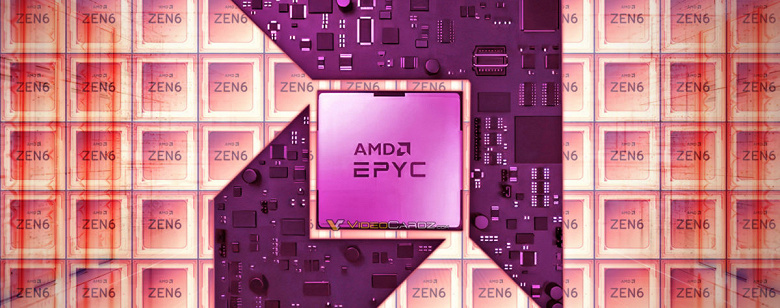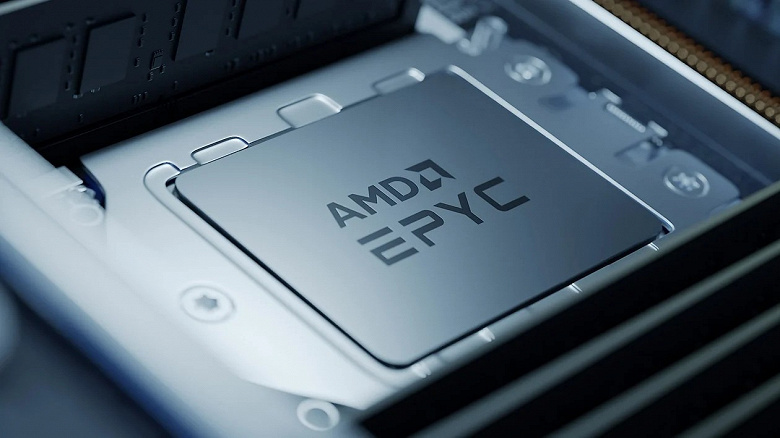Processors with more than 64 cores AMD will only offer in the Zen 4 generation
New data from AMD’s confidential documentation allows us to make sure that within the framework of 5nm technology, the company will decide on a long-awaited step – to increase the maximum number of cores per processor in the server segment. In connection with the upcoming change in design, other innovations will be implemented.








